Across neighborhoods, cities, and rural areas alike, animal rescues and shelters are facing an escalating challenge: they are filling up at an unprecedented pace. The sight of full kennels and long waiting lists for adoptions is becoming more common, despite the passionate efforts of rescue teams working tirelessly every day. This trend isn’t just about the sheer number of animals. It also reflects broader issues such as economic hardship, housing barriers, and a general lack of awareness about the responsibilities of pet ownership. Understanding the reasons why animal rescues are filling up is the first step toward creating solutions that improve conditions for both animals and communities.
Let’s take a closer look at the key factors contributing to overcrowded shelters and what we can all do to help ease the burden and create brighter futures for rescued pets.
1. Pet Overpopulation
One of the primary causes of overcrowded animal shelters is pet overpopulation. Each year, millions of puppies and kittens are born without homes. Without timely spaying or neutering, even a small number of unaltered animals can quickly lead to large numbers of unwanted litters.
Community-wide education campaigns and increased access to low-cost veterinary services are critical to breaking this cycle. Preventing births through responsible pet care is far more effective than trying to rehome animals after the fact.
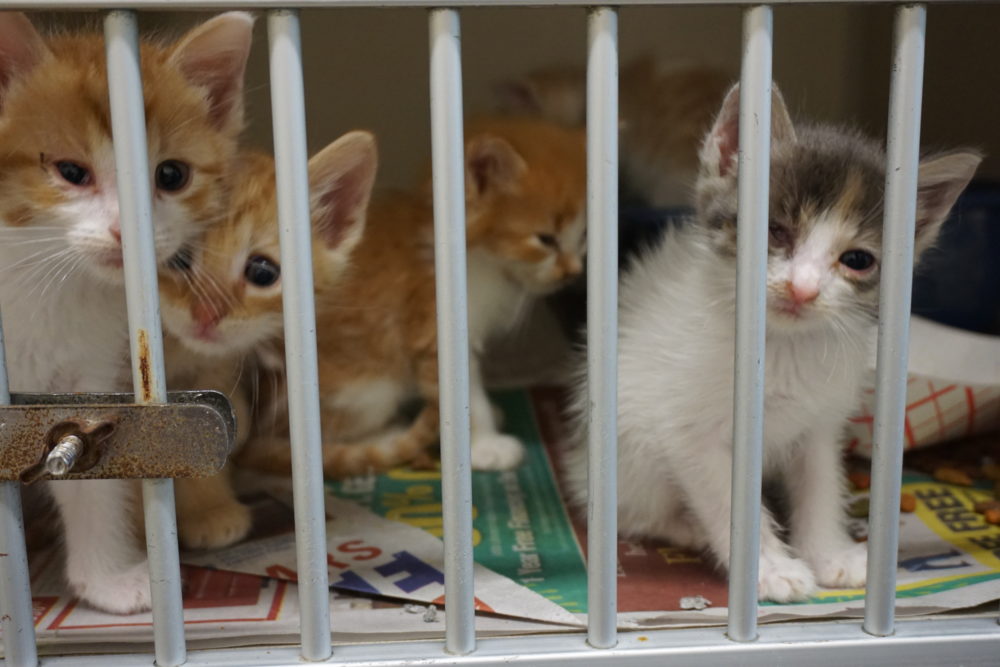
2. Lack of Spaying and Neutering
Despite the availability of services in many areas, a large number of pets are still not spayed or neutered. This directly leads to unplanned litters, which often end up in rescues when owners cannot care for them.
Promoting these services through public awareness, school programs, and local outreach can drastically reduce intake numbers at shelters. It’s one of the most impactful and straightforward actions pet owners can take to prevent shelter overcrowding.

3. Financial Challenges for Pet Owners
Economic factors are another major reason why animals are surrendered. When individuals or families face financial hardship, affording pet care—such as food, medical treatment, or grooming—can become difficult.
As a result, many people are forced to surrender their pets even when they don’t want to. Solutions such as community pet food banks, low-cost clinics, and emergency assistance programs can help pet owners keep their companions during tough times.
4. Seasonal Influxes
Spring and summer typically bring a surge in animal shelter intake, especially of kittens and puppies. This seasonal influx can quickly overwhelm shelters that are already operating near capacity.
By encouraging pet owners to spay or neuter pets before breeding seasons begin, we can significantly reduce these seasonal spikes. Public campaigns and timed community spay/neuter events can make a meaningful impact during these high-intake periods.

5. Lack of Awareness and Education
Many pet owners do not fully understand the long-term commitment that comes with adopting an animal. When expectations don’t align with reality, some may feel they have no choice but to surrender their pets.
Educational outreach is key. Programs that explain the time, cost, and emotional responsibilities of pet ownership can prevent impulsive adoptions and reduce future surrenders. Schools, shelters, and community organizations all have a role to play in spreading this knowledge.
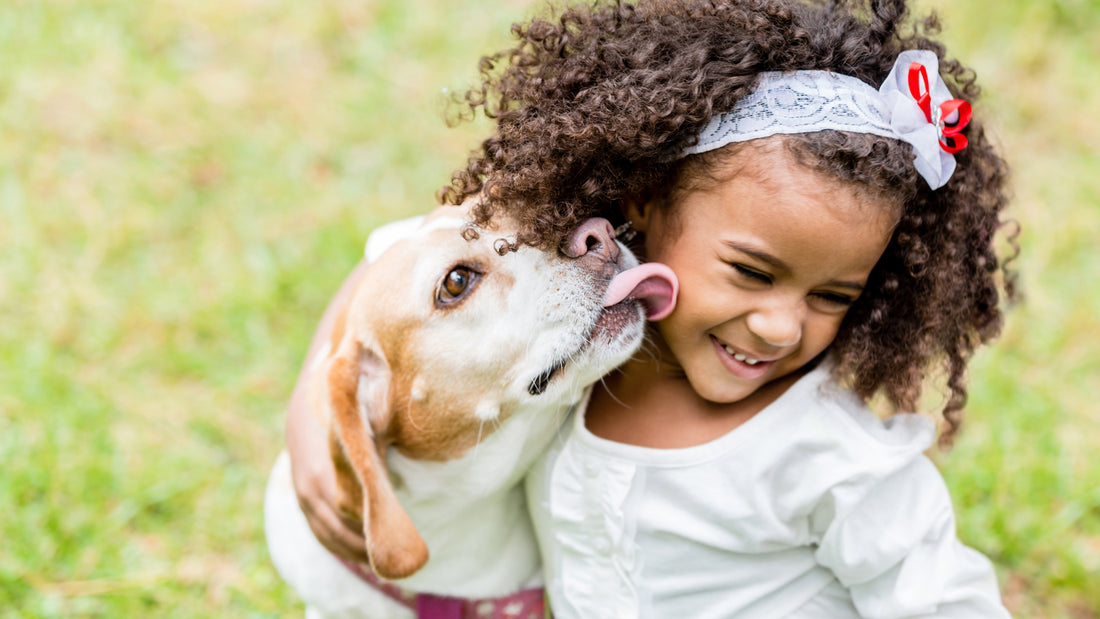
6. Behavioral Issues and Training Needs
Untrained or under-socialized pets can develop behavioral issues that some owners are unprepared to handle. These challenges are one of the top reasons animals are brought to shelters.
Providing access to affordable training resources and helping owners understand how to manage behavior can prevent surrenders. Additionally, shelters that offer behavior assessments and rehabilitation support can help animals become more adoptable.
7. Pet Restrictions in Housing
Housing policies can create barriers for pet owners. Breed restrictions, pet size limits, and “no pets allowed” clauses often force people to make difficult decisions when moving or facing housing changes.
Advocating for more pet-inclusive housing and offering solutions such as pet deposits or pet agreements can provide relief. Landlords and tenants working together can create more flexible, pet-friendly environments.
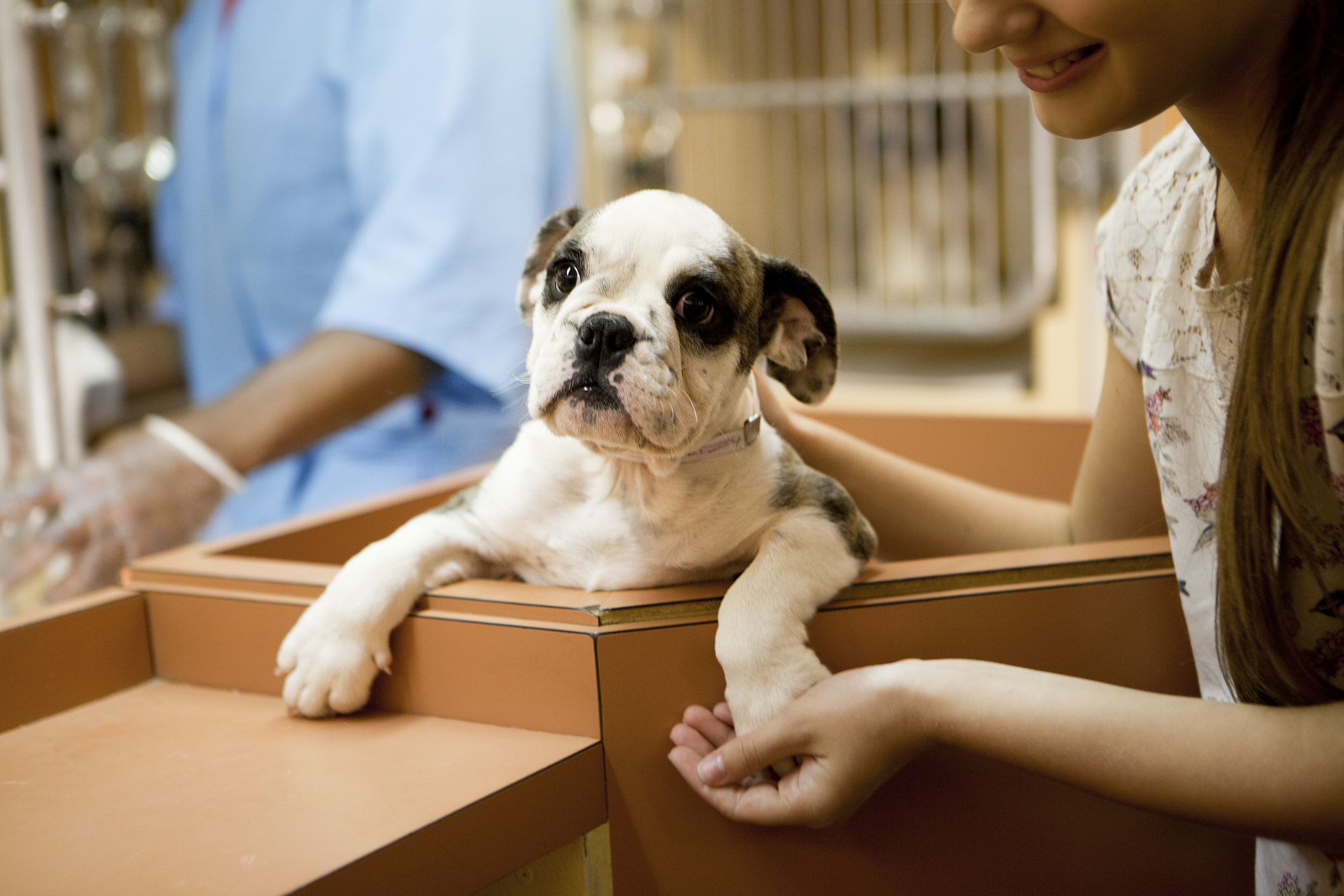
8. Irresponsible Breeding Practices
Unregulated or irresponsible breeding continues to contribute to overcrowding. Backyard breeding and commercial operations can result in surplus animals with no guaranteed homes, placing extra stress on rescue systems.
Raising public awareness about the benefits of adopting instead of buying and supporting legislation that regulates commercial breeding operations can reduce the number of animals entering the shelter system.
9. Displacement from Natural Disasters and Emergencies
Wildfires, floods, and storms often displace both people and their pets. When families are separated from their animals, shelters see a spike in intakes.
Preparation is key. Pet owners should include pets in emergency plans and consider microchipping to increase the chance of reunion. Emergency fostering and response programs organized by shelters can also help manage post-disaster intake surges.
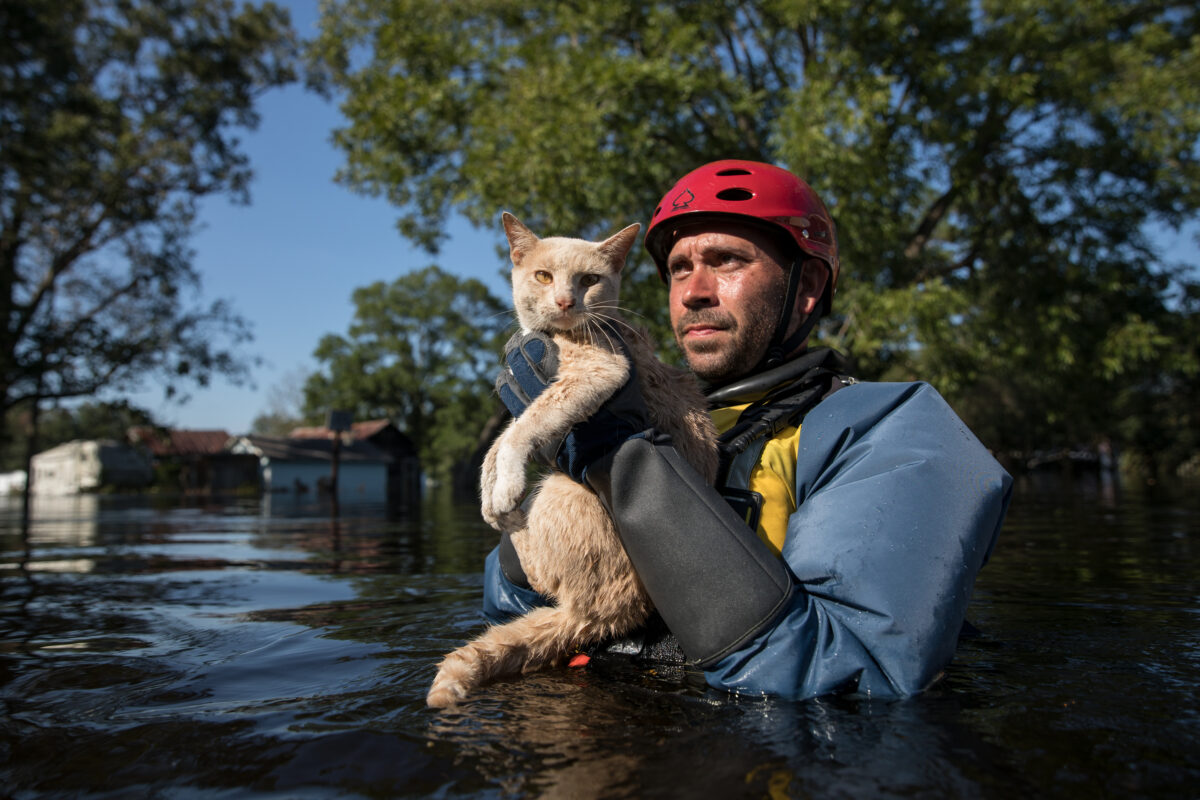
10. Misconceptions About Older and Special Needs Pets
Older pets and those with special needs often remain in shelters much longer due to common misconceptions. Many potential adopters believe these animals require too much care or won’t adapt well to new homes.
Shelters and rescue groups can help by sharing success stories, offering guidance on care, and helping the public see the beauty and value of giving these animals a loving second chance. With support and awareness, these pets can thrive in the right homes.
How You Can Be Part of the Solution
Understanding the reasons why animal rescues are filling up is just the beginning. Now, it’s time to take action.
Adopt a Pet
Every adoption opens space for another animal in need. When you adopt, you’re not just changing one life—you’re creating a ripple effect that helps the entire rescue system. Whether you’re looking for a playful puppy, a gentle senior dog, or a cuddly cat, your local shelter has a pet waiting for you.
Foster an Animal
Fostering gives temporary homes to pets while freeing up space in shelters. It’s an ideal option for those who can’t commit long-term but want to help in a big way.
Volunteer Your Time
Animal rescues always need help with everything from feeding animals to administrative tasks or event planning. Even a few hours a week can make a significant difference.
Donate or Sponsor
Financial contributions, supplies, or sponsorships for specific animals help shelters cover operational costs and provide necessary medical care. Every bit helps—no matter the size.
Educate Others
Use your voice to share facts, dispel myths, and promote responsible pet ownership in your community. Even conversations on social media can lead others to adopt, volunteer, or donate.
Final Thoughts
The reasons why animal rescues are filling up reflect not just individual circumstances but broader societal patterns in pet ownership, housing, economics, and education. The good news? These challenges are not insurmountable.
Through conscious action—adopting, fostering, donating, and educating—we can relieve pressure on shelters and improve the lives of animals everywhere. Most importantly, we can work together to build a more compassionate and sustainable future for our furry friends.
If this message resonated with you, consider sharing this article with others. You never know who might be inspired to step up and make a difference.






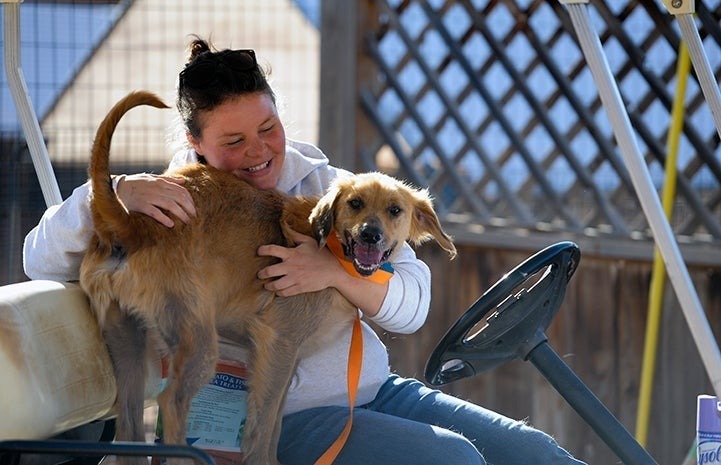








Leave a Reply